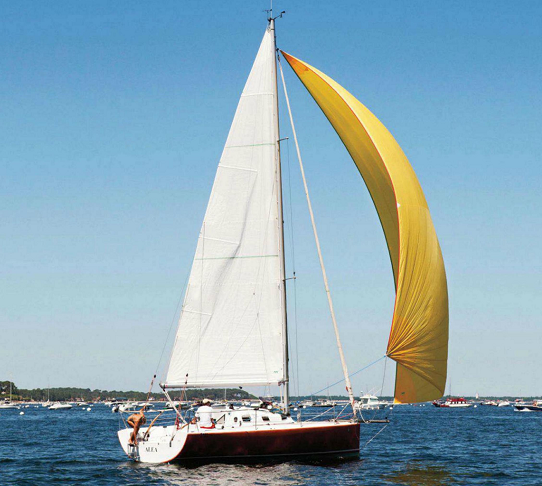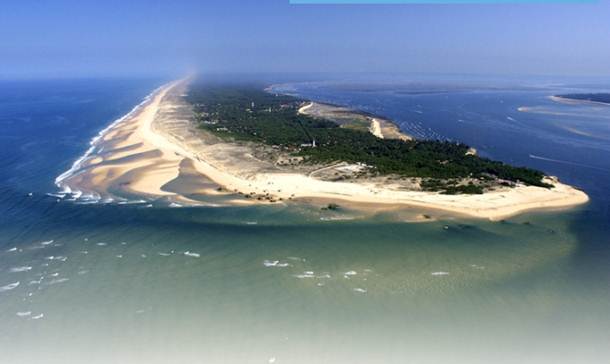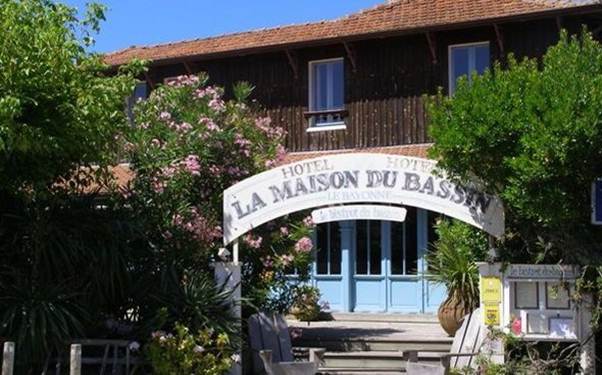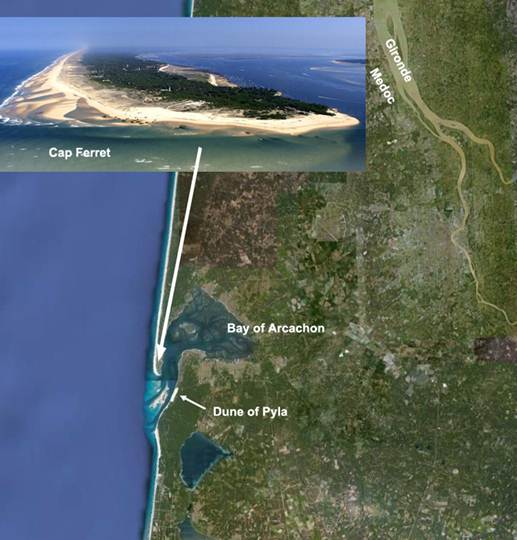Secluded, laid-back and authentic,
the French oyster capital of Cap Ferret is a haven of seaside sophistication, says Jonathan Bastable. Photographs
by Helen Cathcart

Cap Ferret is akin
to the Côte d’Azur – but without the bling and desperate exhibitionism
You may have seen Cap Ferret without ever having been there.
It was the backdrop for the recent French film Les Petits Mouchoirs, in which a
group of self-centred Parisians go on holiday while their mutual friend lies
dying in hospital. It is a good movie – full of Gallic emotion and dramatic
revelation – but perhaps the best thing about it is the lovely setting and the
taken-for-granted lifestyle: the rapier loaves of bread that materialize for
breakfast, the wine-soaked dinners en plein air, the messing-about in beds and
boats…
Cap Ferret is a long lick of land, like a lolling tongue,
located on the coast about an hour’s drive due west of Bordeaux. The road grows
slower and lazier as you move further along it, and when it turns south into
the peninsula, you know you’ve arrived. The cape is exposed on its western side
to the Atlantic, while its eastern shore looks out on the Bassin d’Arcachon, a
vast, shallow lagoon that is tailor-made for the business of ostréiculture. The
cape supplies all of France with oysters, and so this is a working stretch of
coastline. It is, in other words, a real place rather than a holiday resort.
There are no museums, and no attractions apart from the chance to live the
French life for a little while (There is, true, a destination restaurant – Chez
Hortense – where it would not be a surprise to see the rumpled face of the
actor Jean-Paul Belmondo looking back at you across the populous tables.) Cape
Ferret is akin to the Côte d’Azur – but without the bling and the desperate
exhibitionism. You might say it is a kind of European Martha’s Vineyard:
exclusive, isolated, rather fine.

Cap Ferret is a
long lick of land, like a lolling tongue, located on the coast about an hour’s
drive due west of Bordeaux
By far the best place to stay in Cap Ferret is La Maison du
Bassin. This hotel would be a find anywhere in the world. But tucked away as it
is, down a tiny street in the village des pêcheurs (fishermen’s village), La
Maison is a buried treasure. It is just marvelously chic and comfortable. The
rooms are quite small and there are not shortcomings: they make the space feel
doubly cosy in an old-fashioned, definitely abroad kind of way. My room was
lined with plain wooden paneling, walls and ceiling, so it was like sleeping in
the captain’s cabin on some luxurious tea clipper. The shower, in contrast, was
constructed from what looked like polished concrete – just as simple as the
bedroom, but very modern. The entire hotel pulls off this name trick of reconciling
desirable opposites: it is simultaneously stylish and homely, sophisticated and
warm.
If you are not staying La Maison, stop by for a kir or a
cocktail at least. The bar is full of locals and regulars – you can tell
because nearly everyone who comes in receives a welcoming kiss on both cheeks
from the barmaid. I sat weaving imaginary narratives around the rather dapper
white-haired gentleman who came in each evening with his lapdog, drank a single
of Champagne, and headed off silently into the night. After an apéro or two,
you will surely be temped to move through to La Maison’s bistrot for dinner.

Hotel La Maison Du
Bassin, Cap Ferret
The foot is as straightforwardly elegant as everything else
in the hotel. Try the daurade rôtie sur un lit de tomates with some of the
faultless house frites. The bistrot claims to lay on 30 desserts daily, which
sounds like an idle boast until you see them, set out beautifully: an
astonishing array of tarts, flans, pies, mousses, fruit salads and sweetmeats.
You wander up and help yourself to whichever dish or dishes take your fancy.
Altogether, the terrace at La Maison du Bassin is one of the nicest places you
could hope to eat – in France, or anywhere else for that matter.
It is only a few steps to the basin itself. The lagoon is
sailable when the tide is in, walkable when it is out. And when it is out, the
boats languish on their sides like fallen goldfish on a sitting-room carpet.
The tide is transformational; it turns the Bassin d’Arcachon from a damp desert
into a big boating lake and back again. The effect is like watching someone you
love trying on a range of outfits for some special occasion: every time you
look, the landscape is differently attired, but always alluring and attractive.
Across the lagoon from Cap Ferret town is the Dune du Pilat, the highest
sand-dune in Europe. It is an impressive sight, resembling a powdered pyramid.
With binoculars, you can see that it is sometimes teeming with people climbing
or descending its soft seaward face, like purposeless termites on a giant
mound.

The tide is
transformational; it turns the Bassin d’Arcachon from a damp desert into a big
boating lake and back again.
The foreground, though, is dominated by the tall staves in
the water that mark out the oyster-beds. The beds stretch all along the
shoreline, their striated, rectangular forms looking like well-tended,
submerged fields of vines. Oysters are revered here; they are not so much a
local delicacy as a kind of tribal religion. I popped into a bar in Cap Ferret
town for a glass of wine and asked to see the menu. “Désolée, monsieur,” said
the waitress with a shrug and a smile. “The kitchen is closed today. But if you
like I can open some oysters for you”